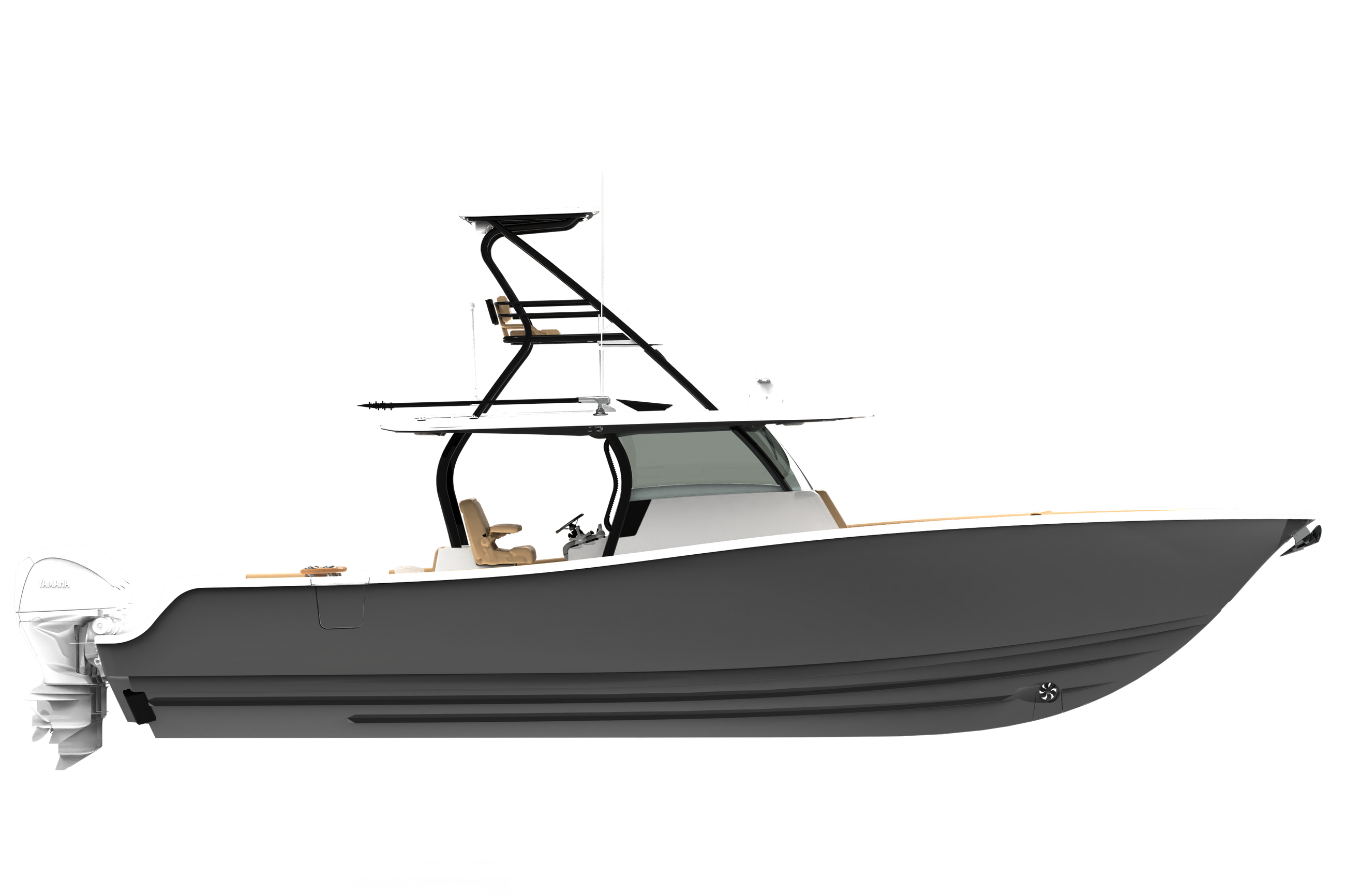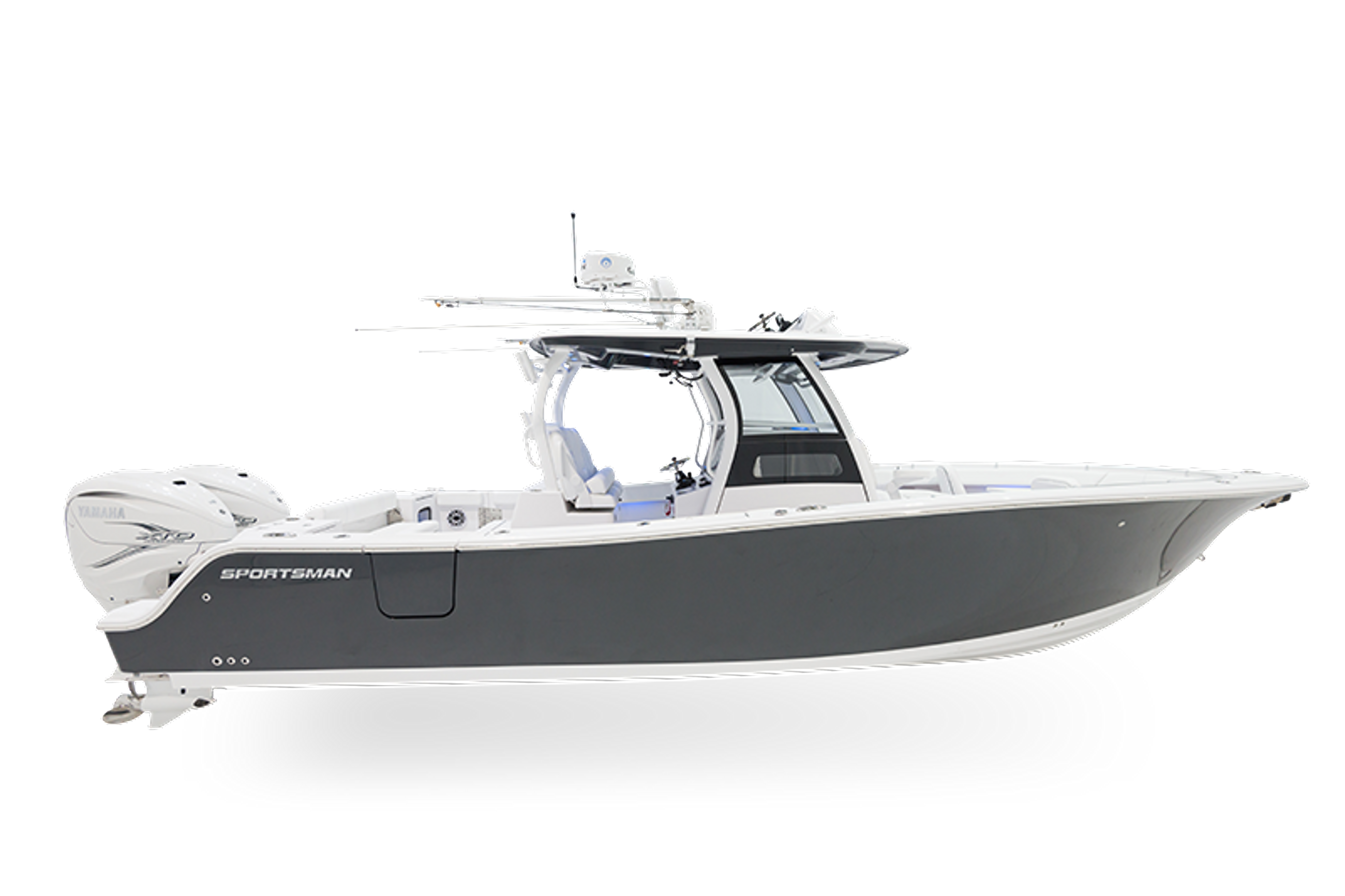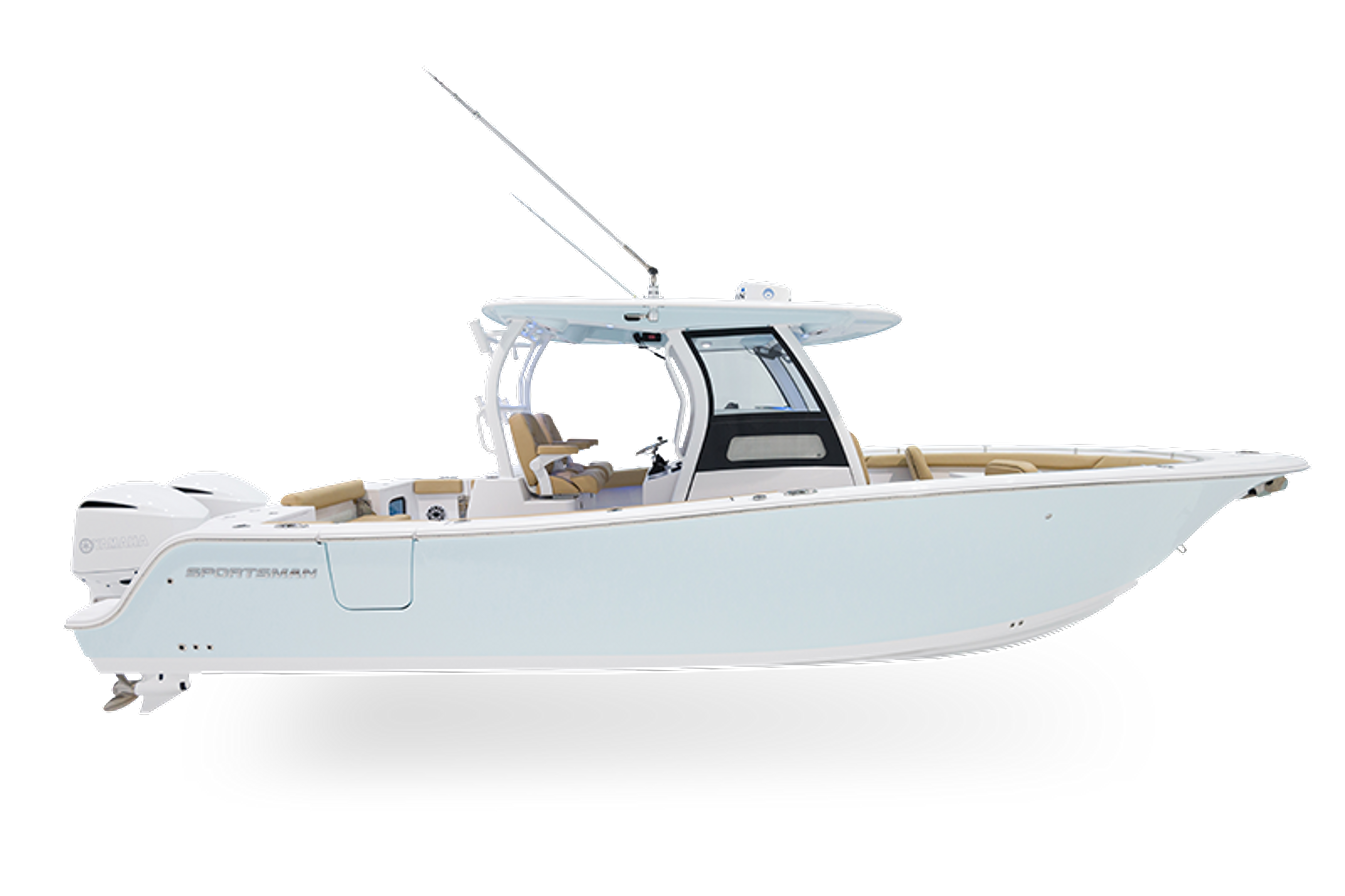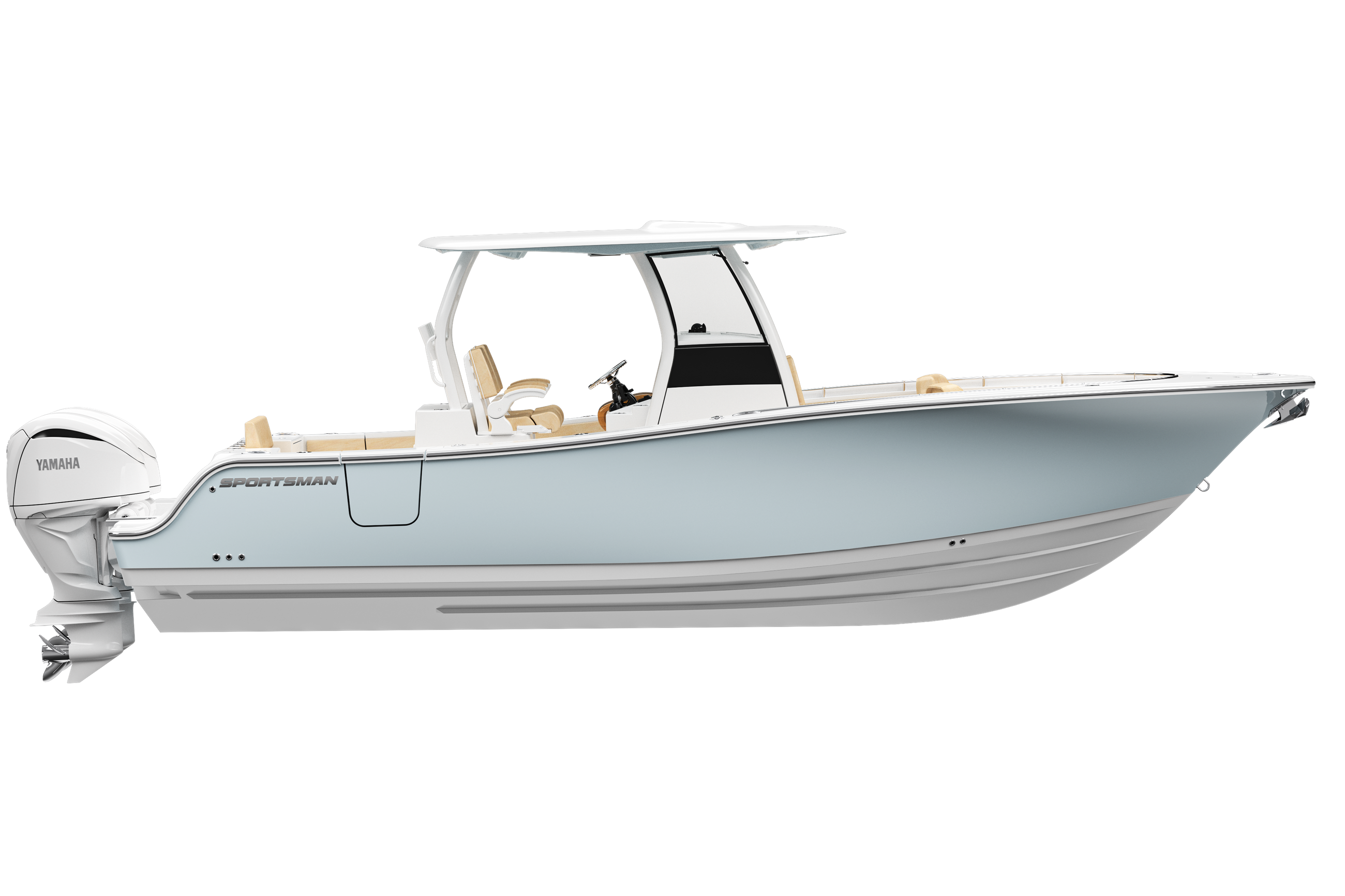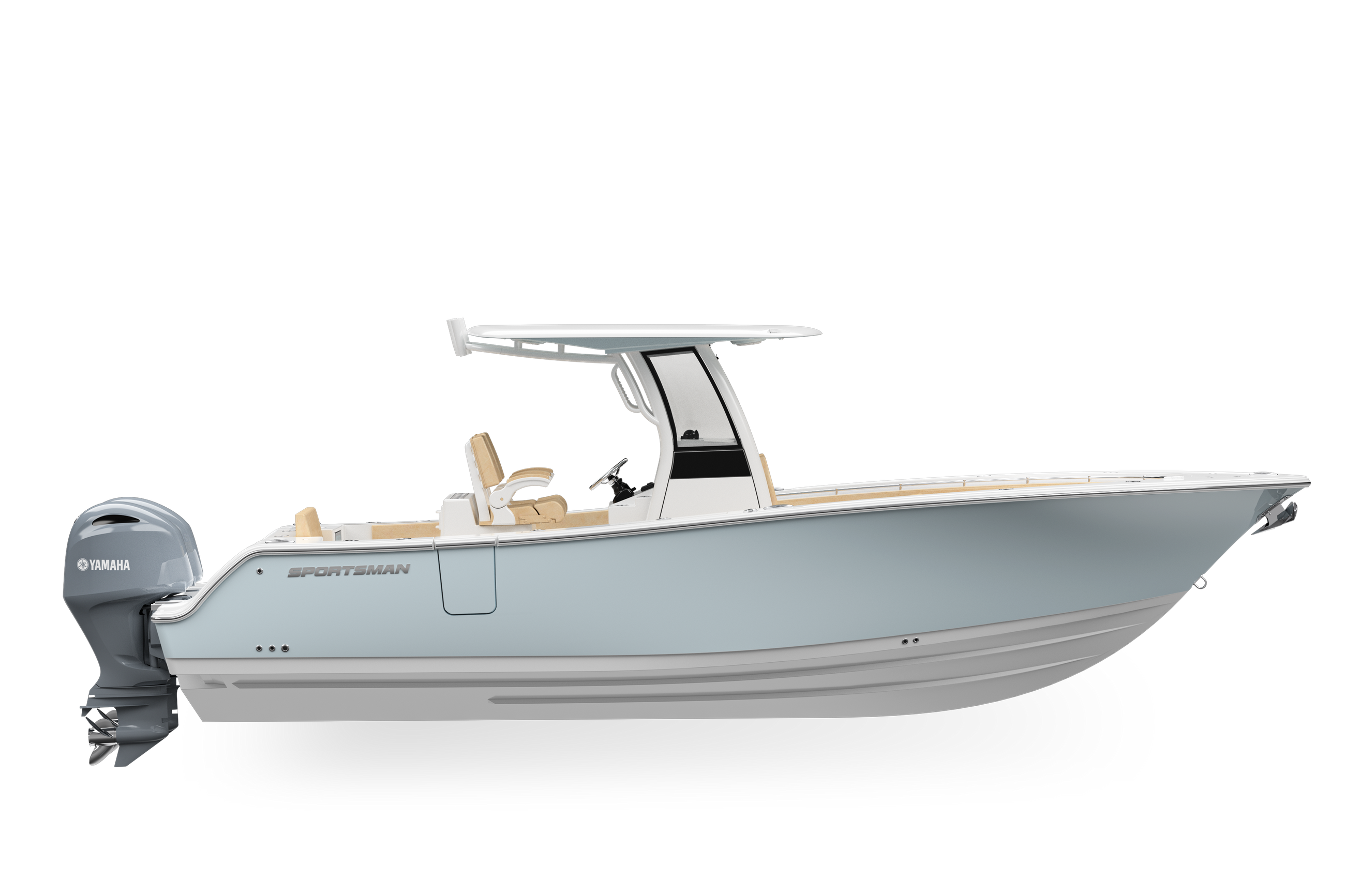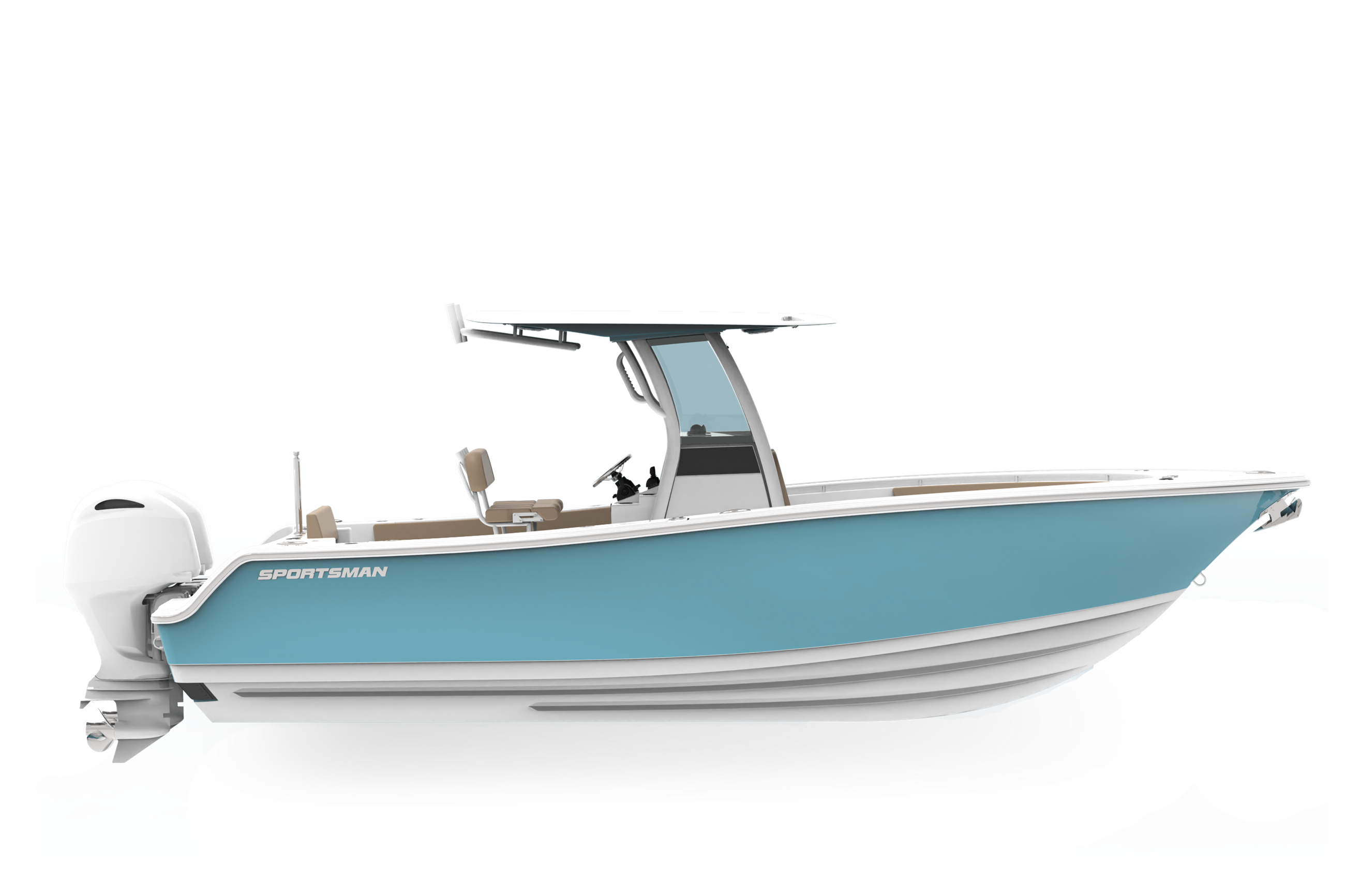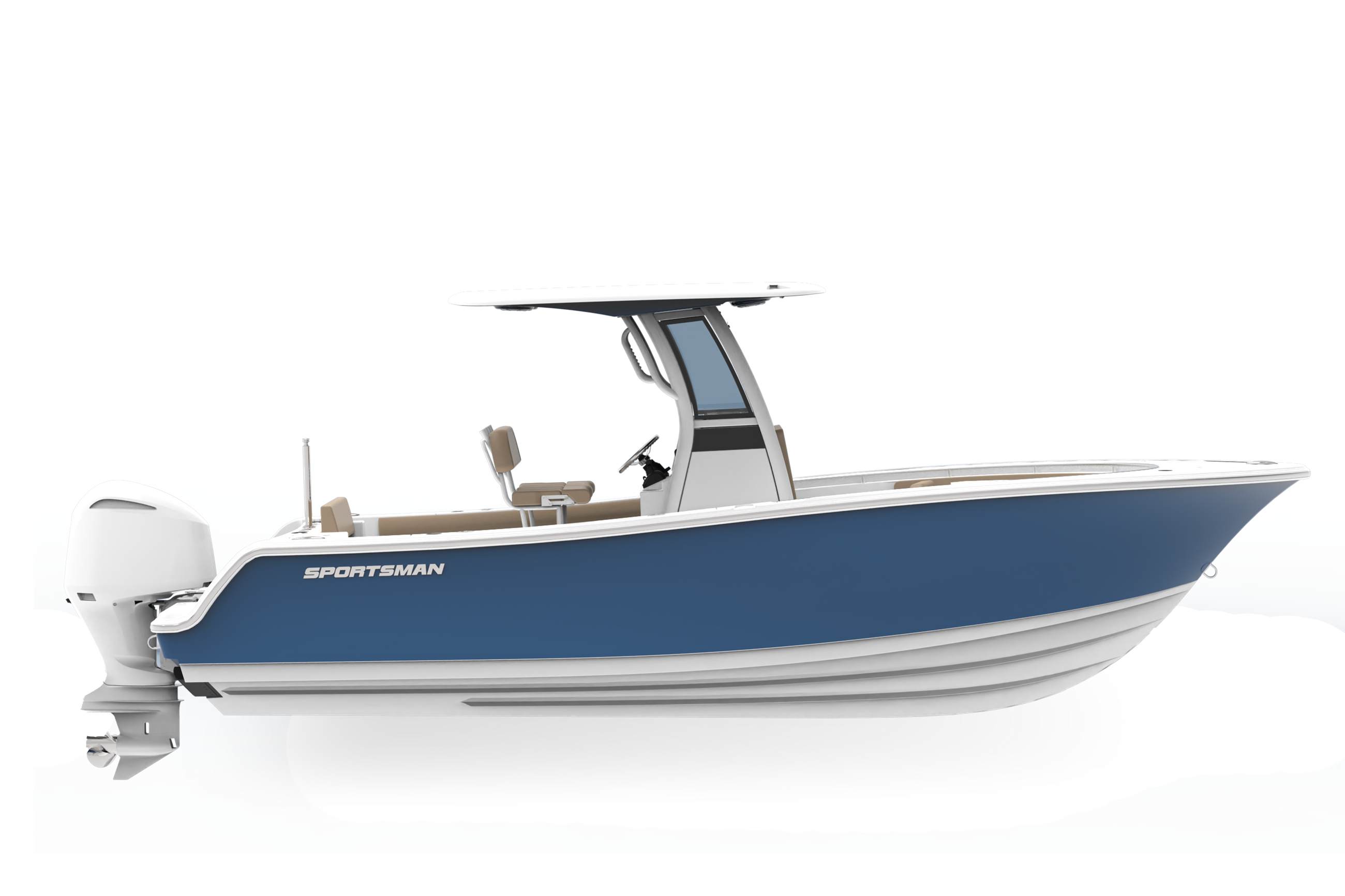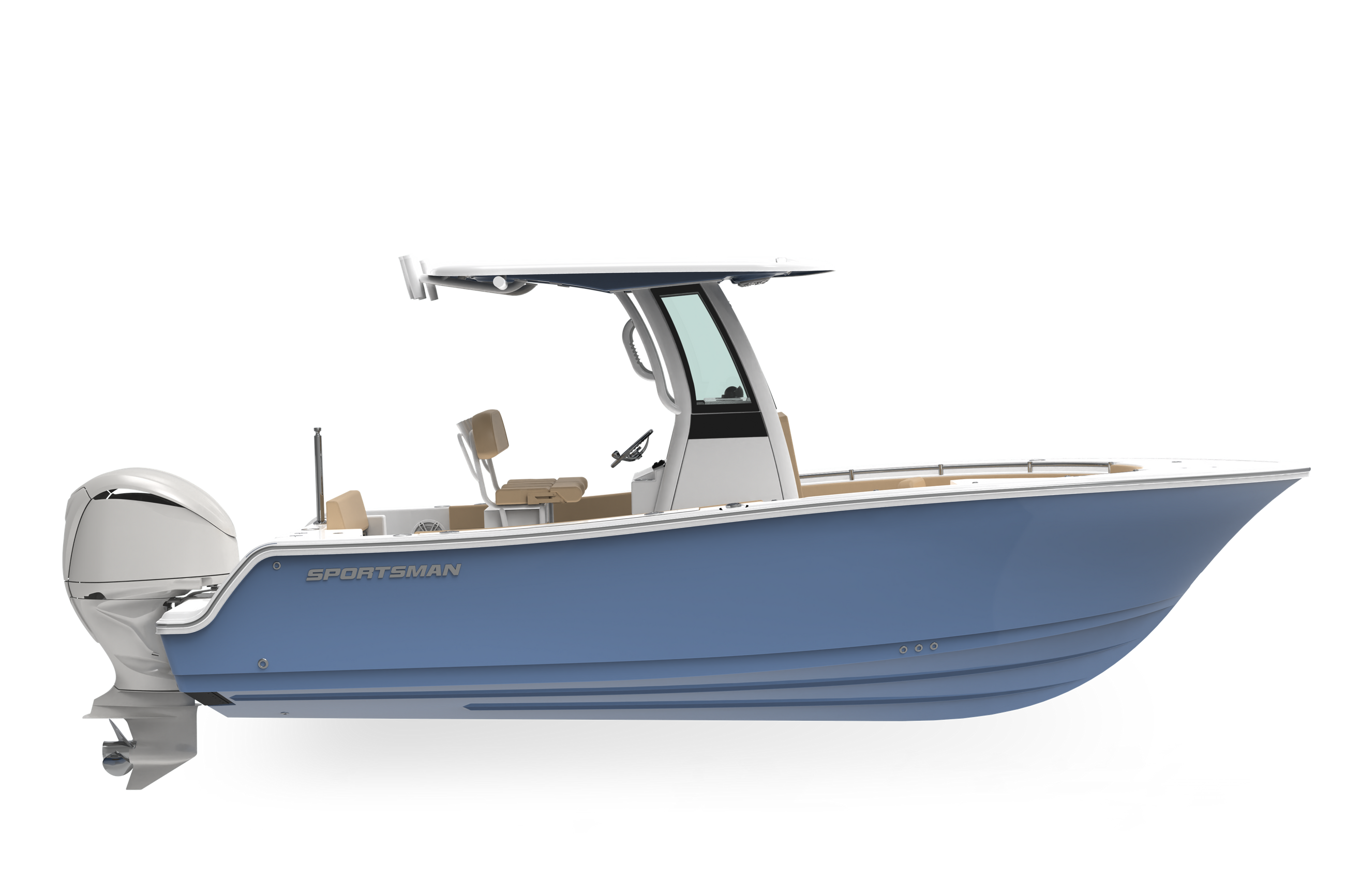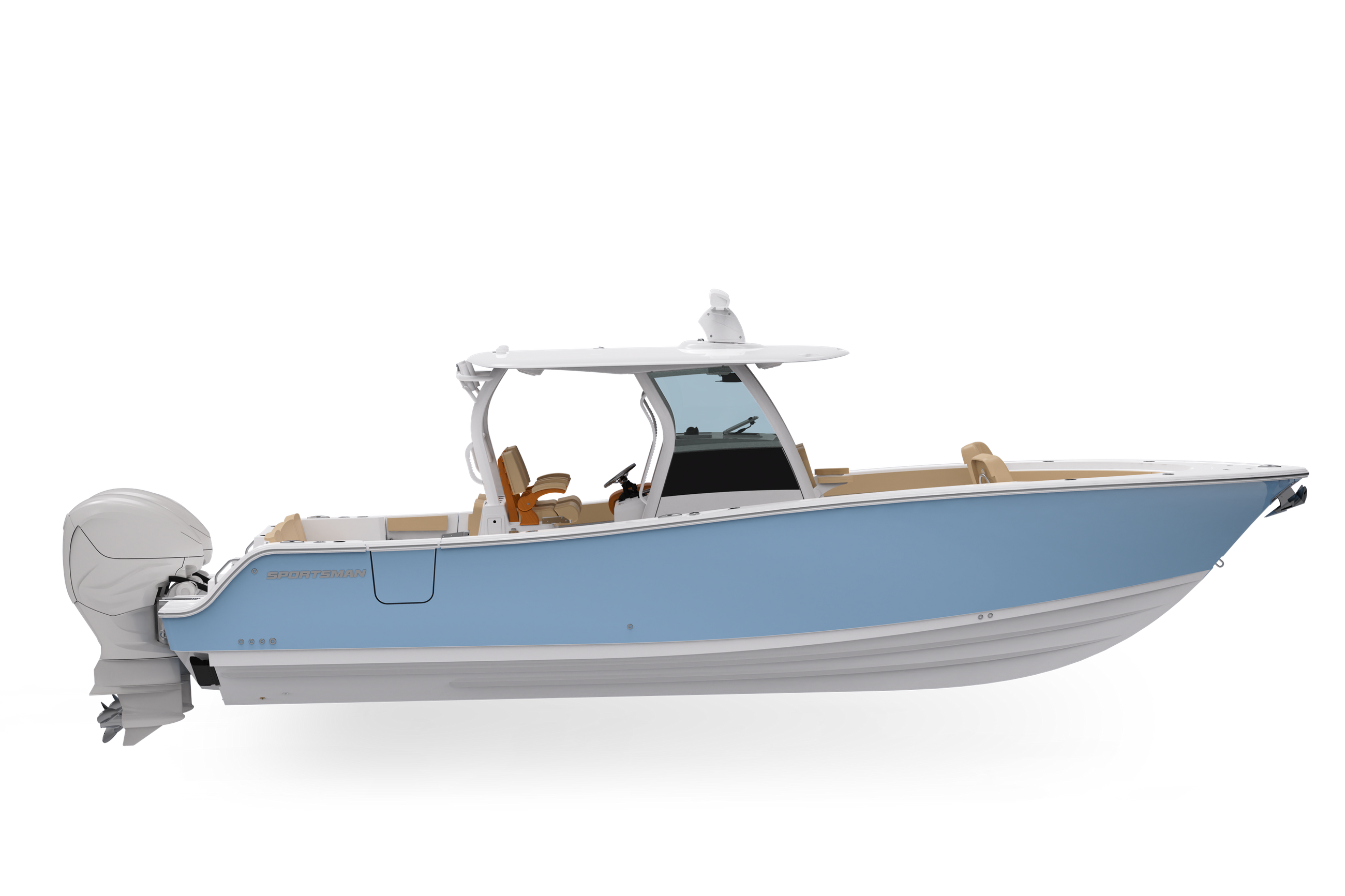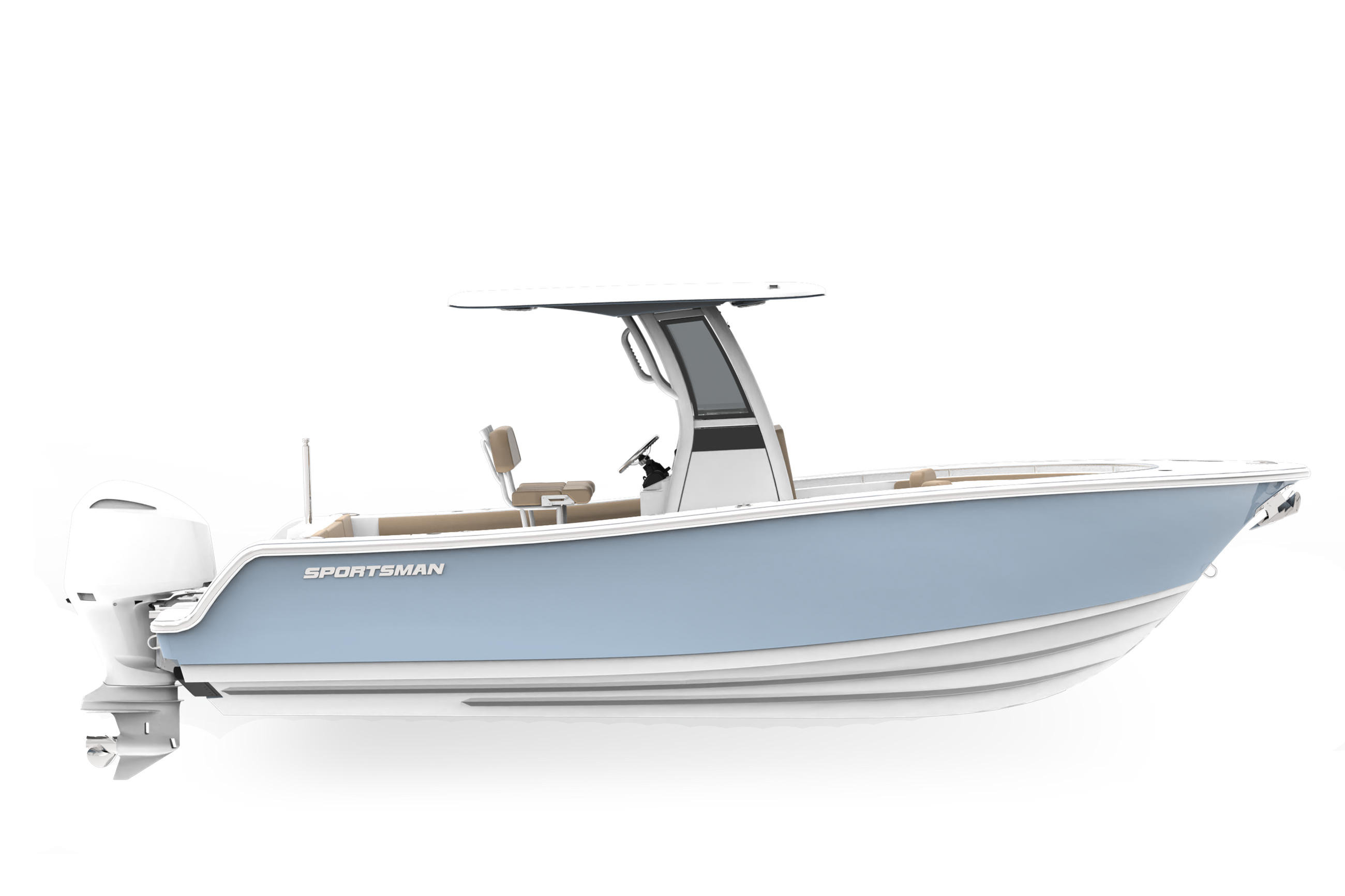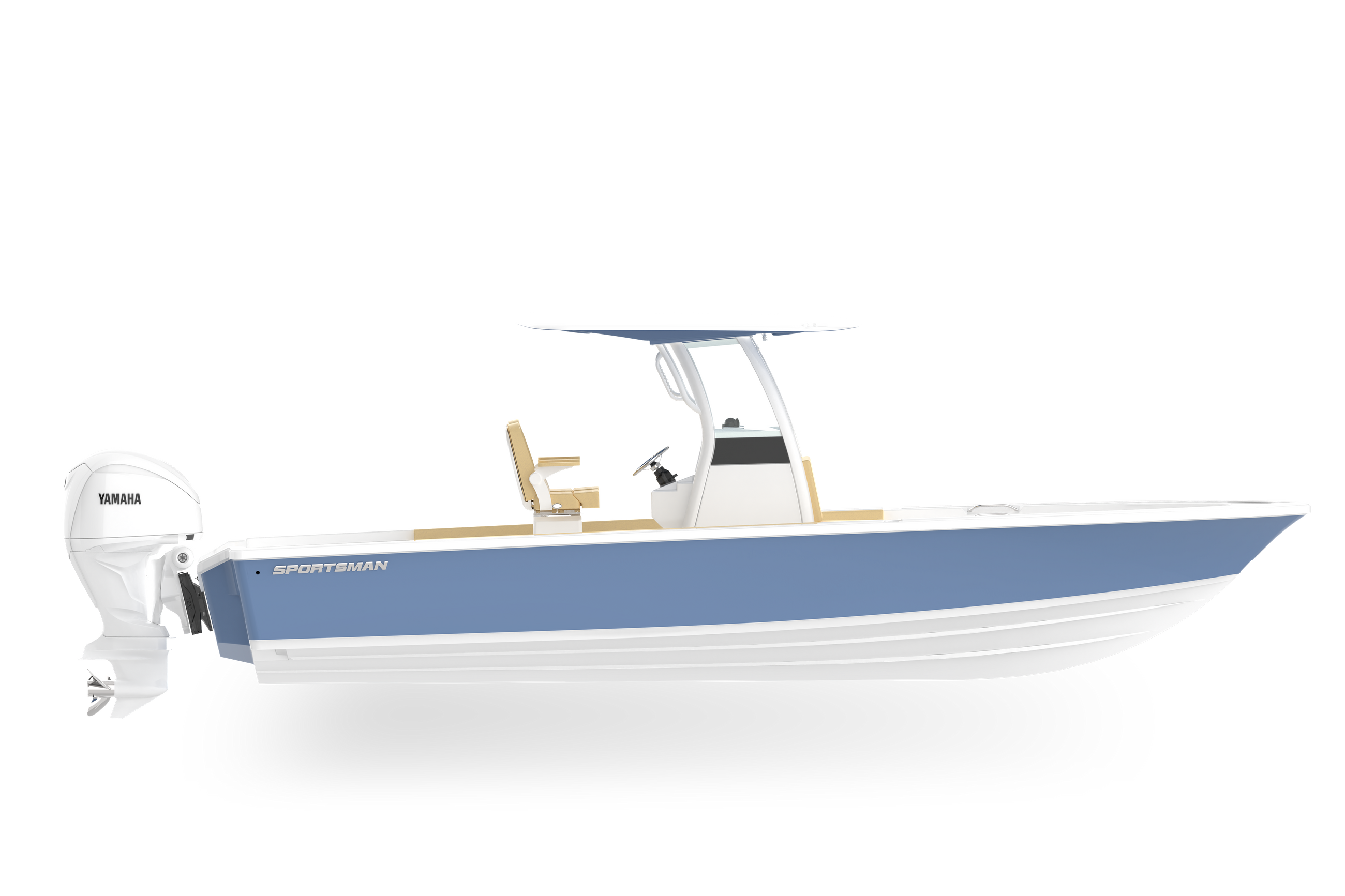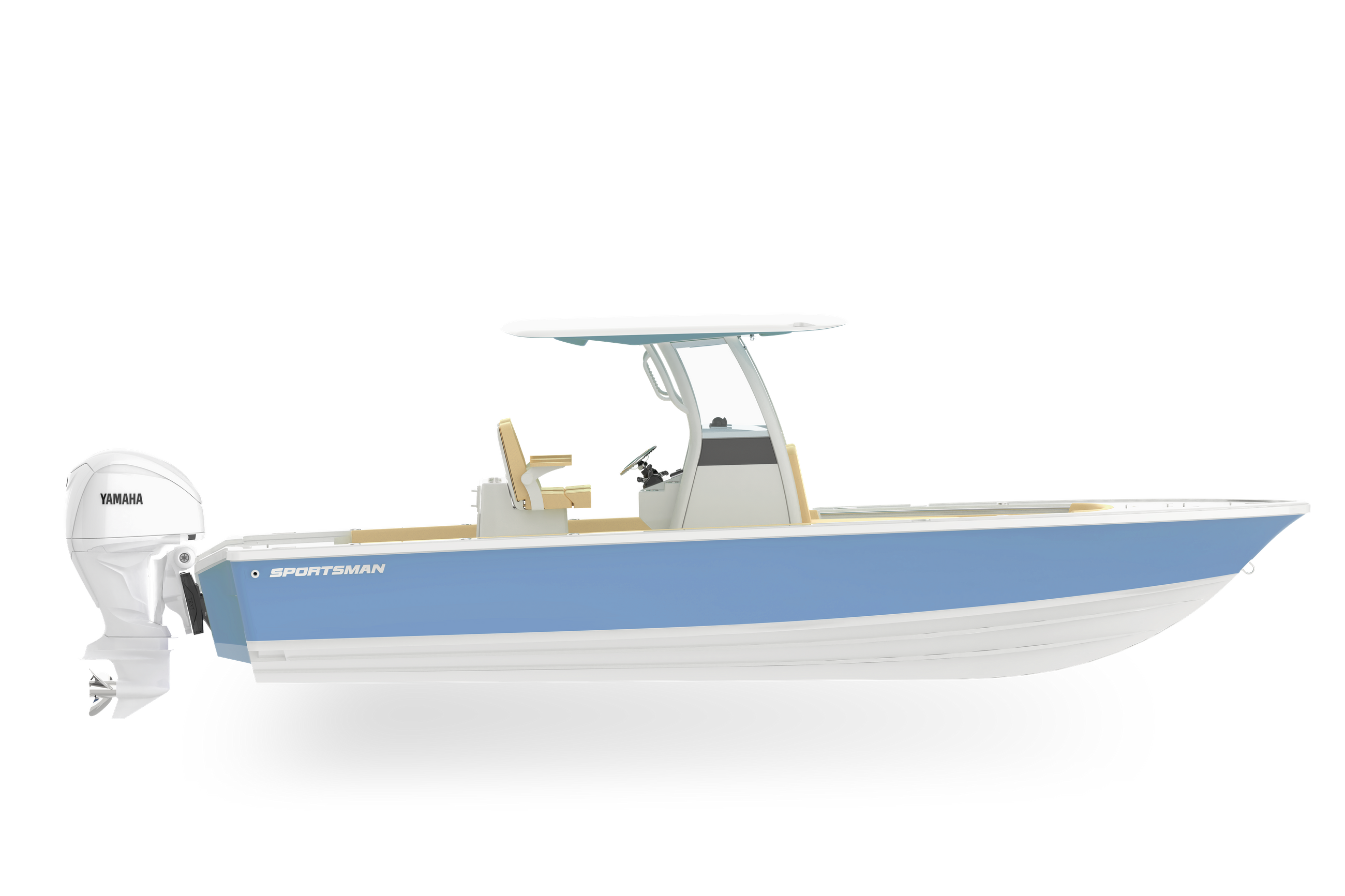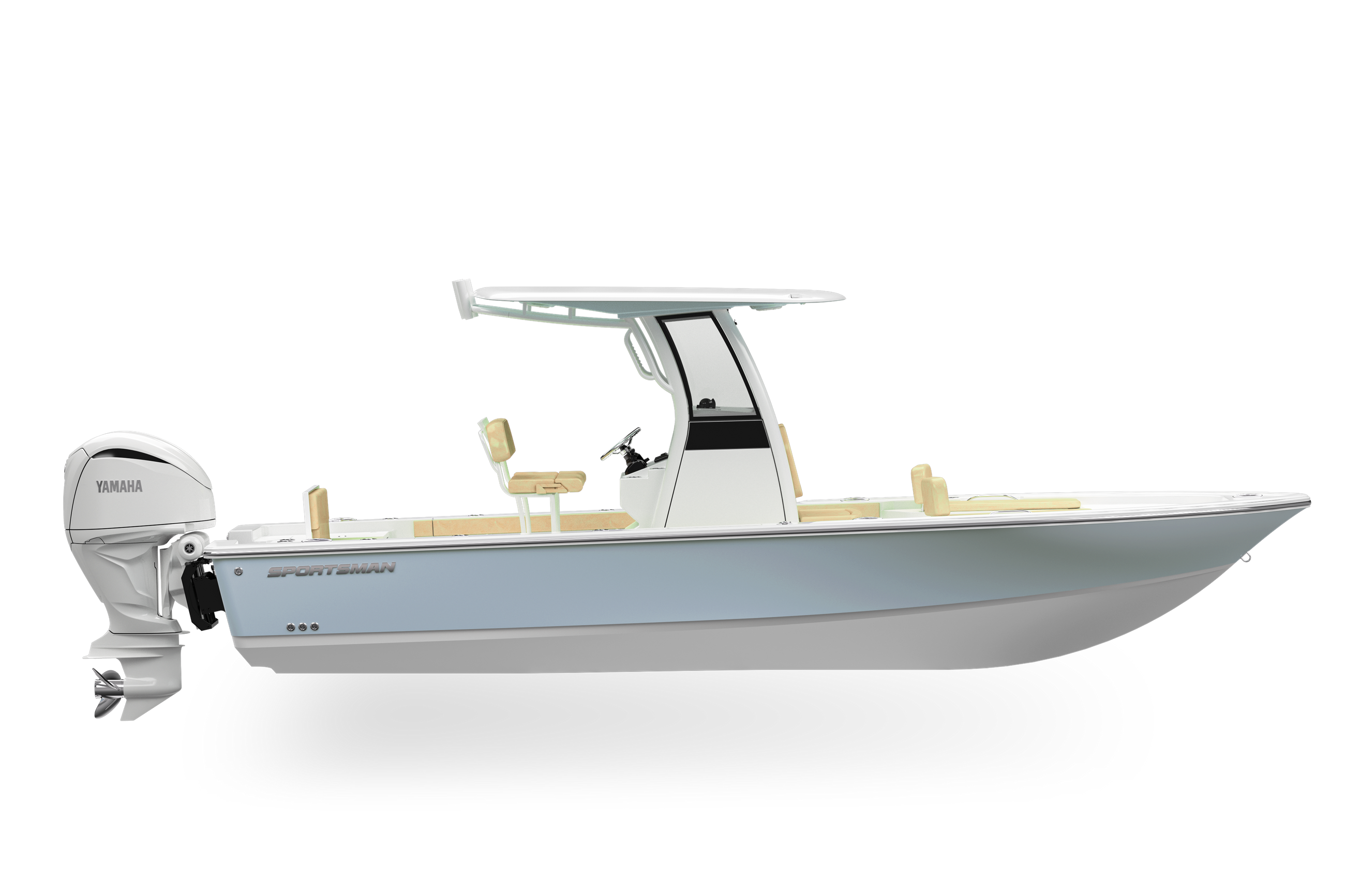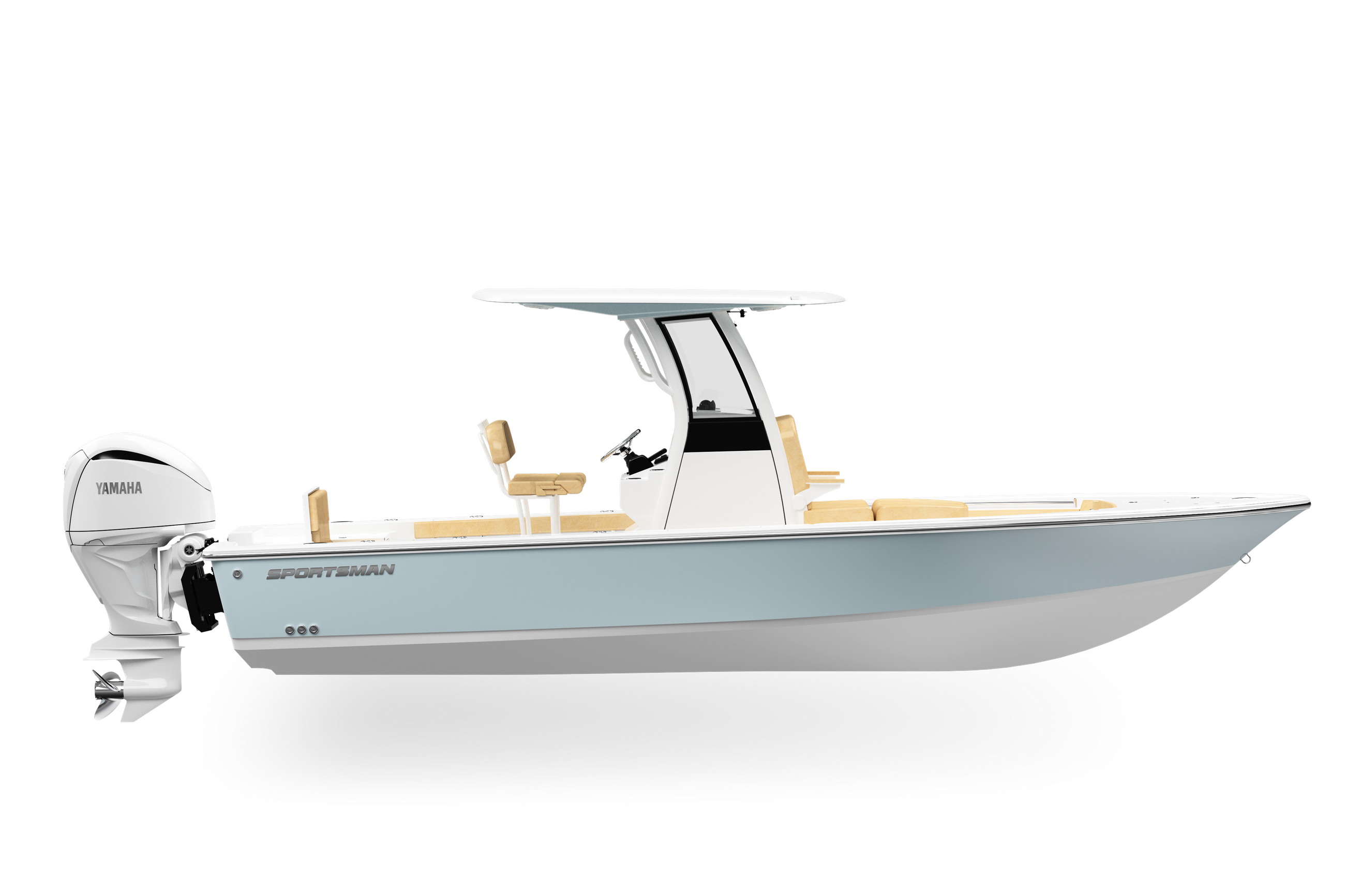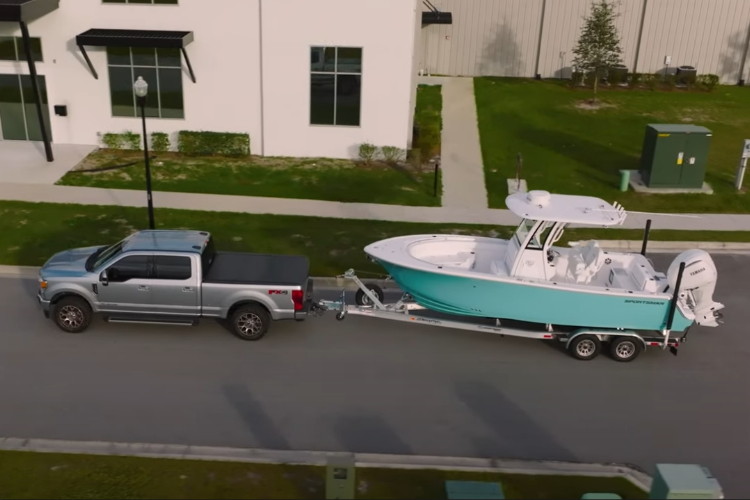After years of sandbar weekends, I’ve learned which gear makes a real difference. Now, I’m sharing my top picks—shade setups, floating lounges, anchors, speakers and more—that I use on my Masters 247 to make every sandbar day easier, cooler and more fun. If you’re looking to upgrade your setup, start here.
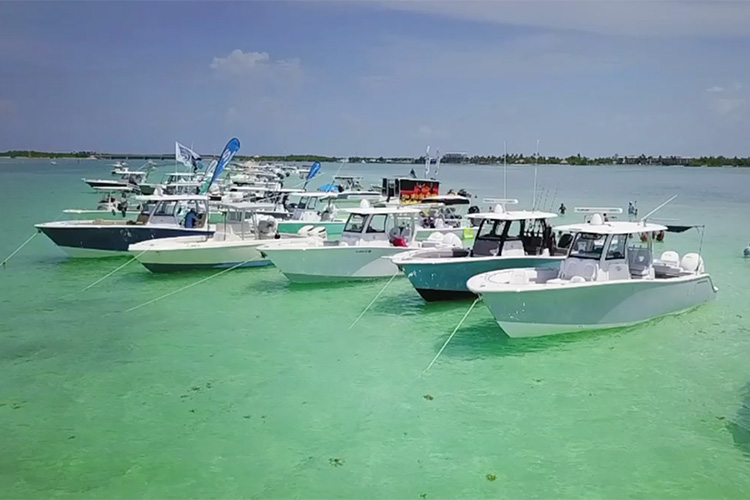

-
•Plan and prep the trailer and tow vehicle thoroughly before you hit the road
-
•Keep all paperwork in order and accessible: registrations insurance documents and licenses
-
•Avoid nighttime driving whenever possible and schedule safe overnight stops
There’s something deeply satisfying about watching your own boat cut through the turquoise waters of the Florida Keys—especially when that boat has just made a near 1,000-mile journey behind your truck. On my most recent trip, I trailered my Masters 247 from southeastern Virginia all the way to Islamorada, a drive that tested my preparation, patience and towing skills. What made it worth every mile? The freedom to drop my own boat into some of the most beautiful waters in the world.
This wasn’t my first long-distance trailer trip, but it remains one of the most rewarding. The journey took two days, with a planned overnight in Jacksonville, Florida, before finishing the final leg down to the Keys. Like any trailer haul, success came down to planning and preparation long before we left the driveway.
Before hitting the highway, I gave both my boat trailer and tow vehicle a thorough once-over. The trailer was priority number one. I inspected the tires for any signs of dry rot and made sure they were properly inflated—including the spare. Wheel bearings were greased, brake pads checked and every light—brake, turn and marker—tested. I found a bad side marker bulb and replaced it the day before we left. Straps, winch cable and safety chains were also checked for wear.
My truck, a reliable ¾-ton diesel, is well-suited for towing the weight of the Masters 247. Still, I made sure the oil and filters were fresh and all systems were in good working order. The trailer brake controller was tested and dialed in, tires inflated to spec and I topped off the DEF. Towing a boat of this size requires a truck that’s not just capable but fully dialed in—and a breakdown hundreds of miles from home is the last thing anyone wants.
On the admin side, I confirmed that all my paperwork was in order. That included the boat and trailer registrations, insurance documents and, of course, my driver’s license. I made sure everything was stored where I could easily access it in case of a stop or inspection.
We left around 8:30 AM, giving morning traffic time to clear, and aimed for Jacksonville for the first overnight. The route took us down I-95—a busy but familiar corridor. While much of the interstate through North Carolina is under construction, we made great time through the Carolinas. Georgia brought heavy summer storms, which caused delays and accidents for most of the remaining stretch. We rolled into Jacksonville around 8 PM. I had reserved a hotel near the St. Johns River that offered long, pull-through parking—something I always confirm before booking. Many hotels simply don’t have space for a truck and trailer pushing over 50 feet combined.
One rule I always follow: avoid nighttime driving whenever possible. Reduced visibility increases the risk of missing small but critical issues like a loose strap or flickering taillight, and it's just harder to manage a rig this size when you're tired.
After checking in, I took a few minutes to walk the trailer—checking tire pressure, feeling the hubs to ensure nothing was overheating. The straps were still snug and the hitch was solid. After that, it was a quick dinner and an early night.
With coffee in hand the next morning, we hit the road bound for the Keys. The Florida Turnpike made for smooth cruising, and by lunchtime we were approaching the legendary US-1 stretch. As soon as the first mangroves came into view, the stress of the drive seemed to melt away. Pulling into Islamorada that afternoon, with the sun high and the ocean sparkling in every direction, I knew it had all been worth it. Our resort had plenty of parking for the truck and trailer, and after all those hours on the road, we were ready to relax. An afternoon by the pool, dinner, and the world-famous sunsets at Lorelei—it was clear we’d made it to paradise.
The next morning I was up early, ready to go. A quick walk-around to inspect the trailer, and then off to the ramp. We launched at Founders Park, which is a nice ramp for boats up to 25’. It can get a little tricky with anything larger, depending on the tide, but the parking was ample and access was easy.
As I eased the throttles forward and pulled away from the ramp, a wave of pure euphoria hit me. The water stretched out in every direction, impossibly clear and glowing in shades of blue and green I’d only ever seen in postcards. The salty breeze cut the July heat, and the feeling of the hull gliding over warm tropical water made every hour on the road—every tire check and ratchet strap adjustment—completely worth it. This wasn’t just boating. This was freedom, and it was mine. After hundreds of miles of highway hum and gas station coffee, I was finally here—piloting my own boat through some of the most beautiful water on the planet.
Trailering a boat this far isn’t for everyone, but for those willing to put in the time and effort, the payoff is unforgettable. If you’re planning a similar journey, I’ll offer you this: prepare like a mechanic, drive like a captain and when you finally arrive, unwind like a local.
Related Posts
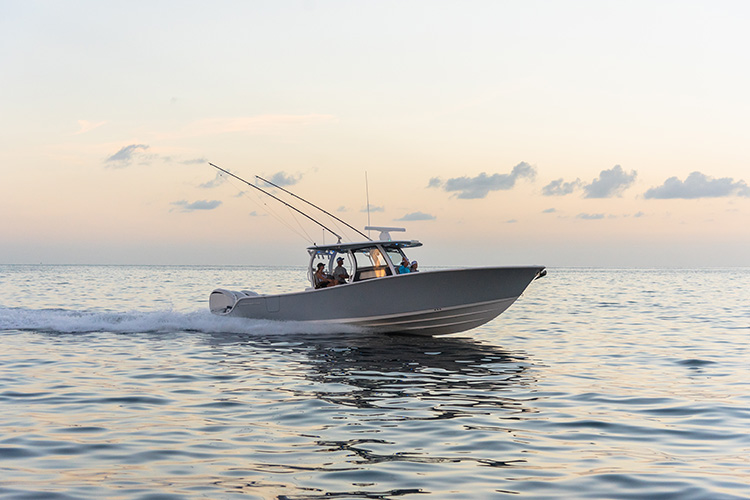
Navigation has become much easier with modern technologies from GPS, Autopilot systems and Radars. Depending on what kind of boating you'll...
Read More